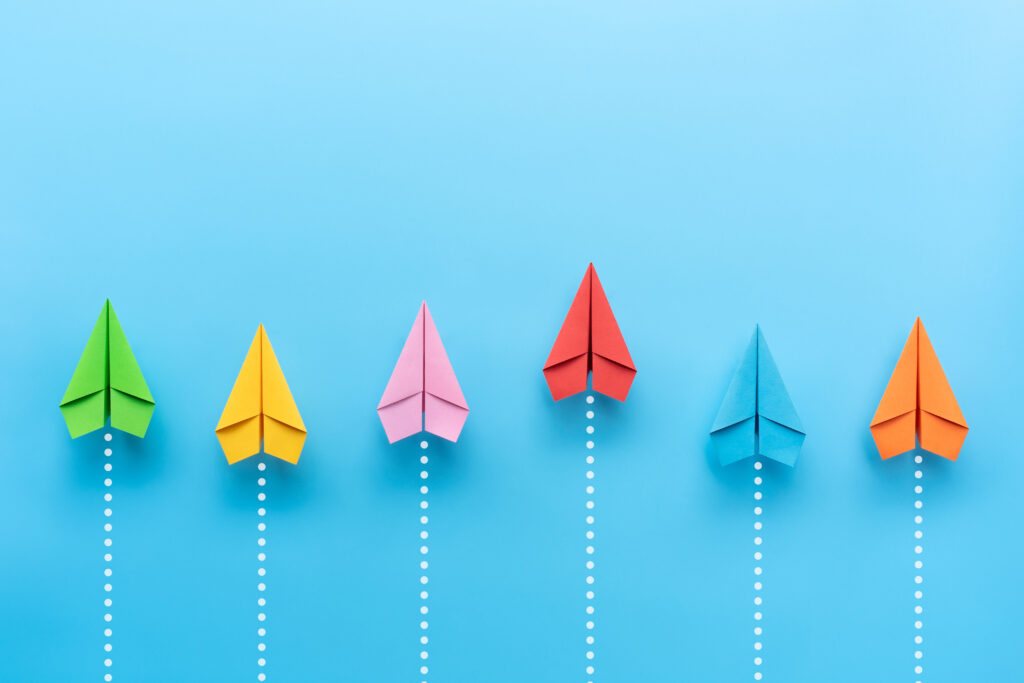What is Brand Imagery and How to Do It?
A person sees an average of between 4,000 to 5,000 ads per day.
Yes, thousands! Incredible, mainly because we don’t notice the number of ads we are seeing. But if I ask you at the end of your day, how many ads you remember seeing today, do you think you can name at least 50, 40, 30? Unfortunately, humans can only identify about 20 ads per day after seeing them at least seven (7) times. The number of ads we see in a day is incredible, but why do you think we can only remember a tiny portion? This is because the human brain discards what is not considered valuable. Simple like that! Humans are born for survival, and as such, our brain is trained to survive. In a market as competitive as today’s, the brands are doing the same, fighting to survive. That is the main reason why making a great brand imagery is so important.
Why do you think a person is capable of remembering those 20 ads (if that)? Maybe the message, the brand, the colors, or perhaps the imagery. Why do you think media like Instagram, Facebook, and Pinterest have great success? Images!
The brain has the capacity for dual encoding. For example, when you show a person an image, the brain captures the image and the wording related to the picture. However, when a message is shown to a person, the brain only encodes at once, making it easy to forget.
The power of images is superior to those of words. So now you know why Instagram, Facebook, and Pinterest are significant assets for businesses.
What is brand imagery?
Images are essential if you are delivering a message. It makes it easier for people to remember and to understand. But what is imagery?
Imagery is everything visual you use to represent your business. These types of imagery are not just pictures, ads, or unique designs. Businesses need imagery that causes some emotion on the receiver. The imagery needs to connect what you see with the brand. The connection should be emotional, creating trust and loyalty over time and consistency of exposure.
Imagery is the best tool to show customers why your brand and products are superior to others.
The Difference Between Brand Imagery and Brand Image
Brand Imagery is the representation of your brand aesthetic.
Brand Image is the representation of our brand as the customers perceive it.
While one takes care of the artistic aspect of your brand, the other takes care of the reputation your brand has in the market.
Do you think you can have a great brand image without excellent brand imagery? No doubt, indeed, you need fantastic imagery to recognize the greatness of the image!
- Brand imagery should be consistent across all touchpoints, from the brand’s website to its packaging to its advertising.
- Brand imagery should be relevant to the target audience.
- Brand imagery should be creative and engaging.
- Brand imagery should be used to tell a story about the brand.
How to Create a Great Imagery for you brand
To create fantastic imagery, you need to know your target. This is not a matter of taking a picture and uploading it to social media.
It is a well-thought design of image and connectivity.
First, define and identify your client. Who is your client, why did you choose them, what are the likes and dislikes of the target, and what are the images that appeal to their emotions? As you can see, the imagery job is exact, defined, and designed.
The imagery must be precisely targeted to a specific kind of customer. You cannot go around without having selected a target audience.
The imagery must be defined. It would be best to be specific regarding the emotions you are trying to evoke.
The imagery must be designed. It would be best to use specific color pallets, lettering, style, content, and mood.
One of the essential steps in developing your imagery is to produce attention seeker images. The attention span of a person is of about 8 seconds. To deliver fantastic imagery with colors, typography, and a style that calls up the target’s attention.
Another point to consider is that simplicity is sometimes better.
Define the client and understand their likes and dislikes (focus groups, interviews, and surveys are great tools to find the information).
Work on imagery that best matches the emotional needs of your target and, most importantly, doesn’t give up. It takes time to see results, so keep working on achieving your goals.



